1897
Alice McLellan Birney and Phoebe Apperson Hearst create The National Parent Teacher Association at a meeting of the National Congress of Mothers in Washington, D.C. that is attended by 2,000 parents, teachers, workers and legislators. Phoebe Hearst was the mother of William Randolph Hearst, the founder of Hearst.
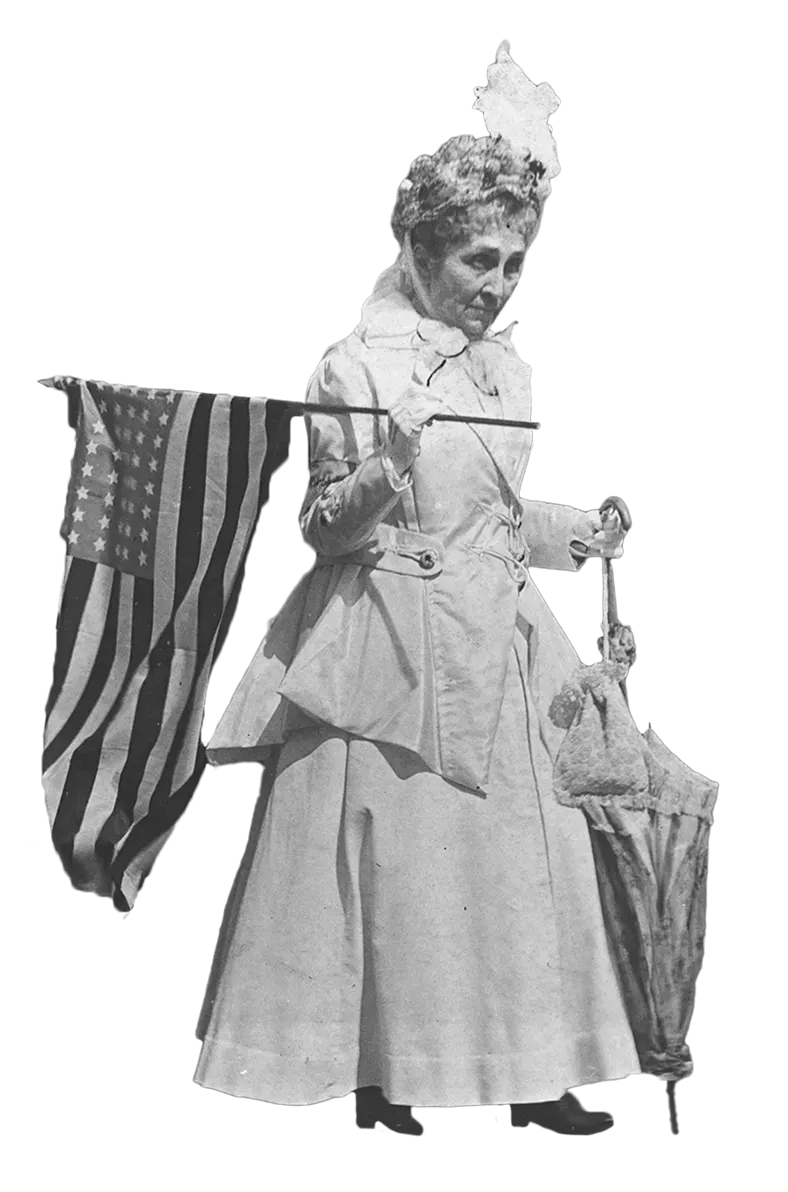
Phoebe Apperson Hearst marches in a local San Francisco parade.
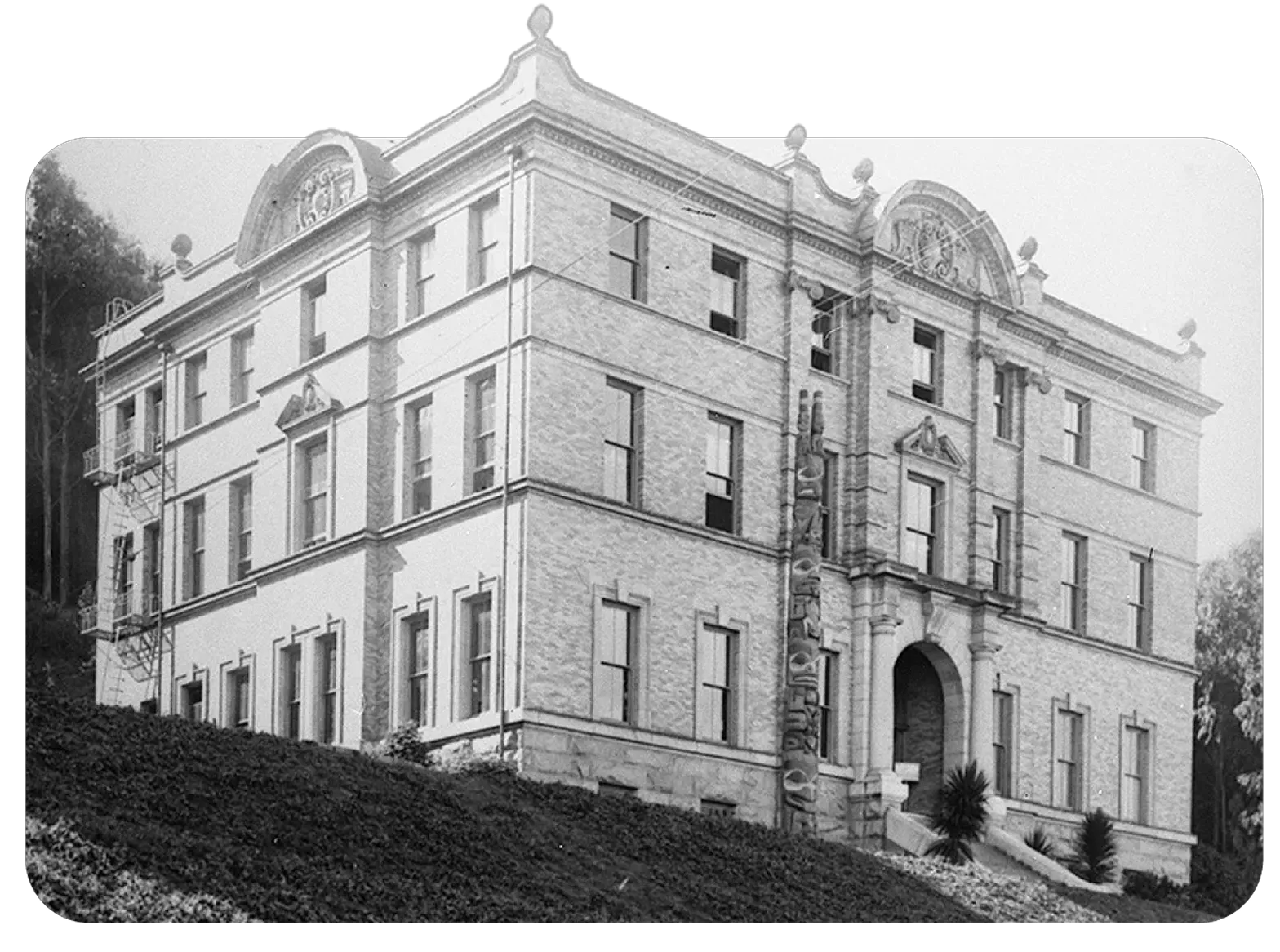
1901
Phoebe Hearst founds the University of California Museum of Anthropology, later called the Robert H. Lowie Museum of Anthropology. The original collection comprised 230,000 objects representing cultures and civilizations throughout history. The institution was renamed the Phoebe A. Hearst Museum of Anthropology in 1992 and today contains an estimated 3.8 million objects.
The Phoebe A. Hearst Museum of Anthropology building holds the oldest and largest anthropology collection in the Western United States.
.webp)
1938
William Randolph Hearst joins prominent New York business leaders, philanthropic groups and labor unions to create the Greater New York Fund, the precursor to the United Way of New York City.
The fund aimed to “contribute to the cost of maintaining voluntary services essential to the health and welfare of New York City.”
William Randolph Hearst (left) met with various prominent peers like Winston Churchill (center) and Louis B. Mayer (right) to advocate for shared causes.
1946
The Hearst Foundations, Inc. is founded by William Randolph Hearst, with a mission to provide grants to create sustainable employment paths for adults, improve health, increase access to high-quality educational options, promote the arts and sciences and support family stability and self-sufficiency.
To date, the Foundations have provided 23,000 grants totaling $1.5 billion, supporting over 6,500 organizations.
.webp)
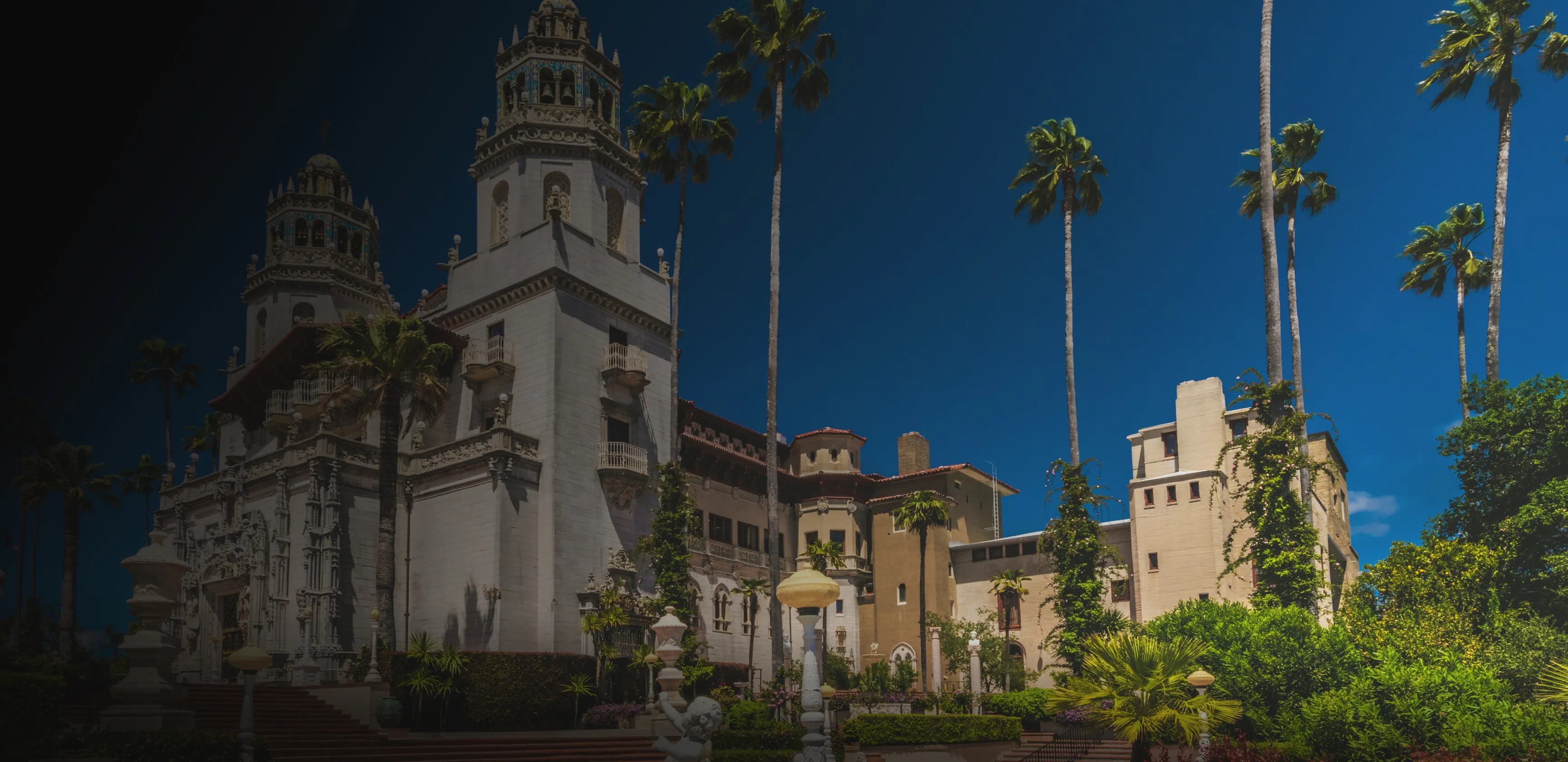
1958
Hearst deeds Hearst Castle to the State of California in January, and the Hearst San Simeon State Historical Monument opens to the public that summer.
Today, it attracts more than 750,000 visitors annually and has a major economic impact on the region.
.webp)
1960 - 2009
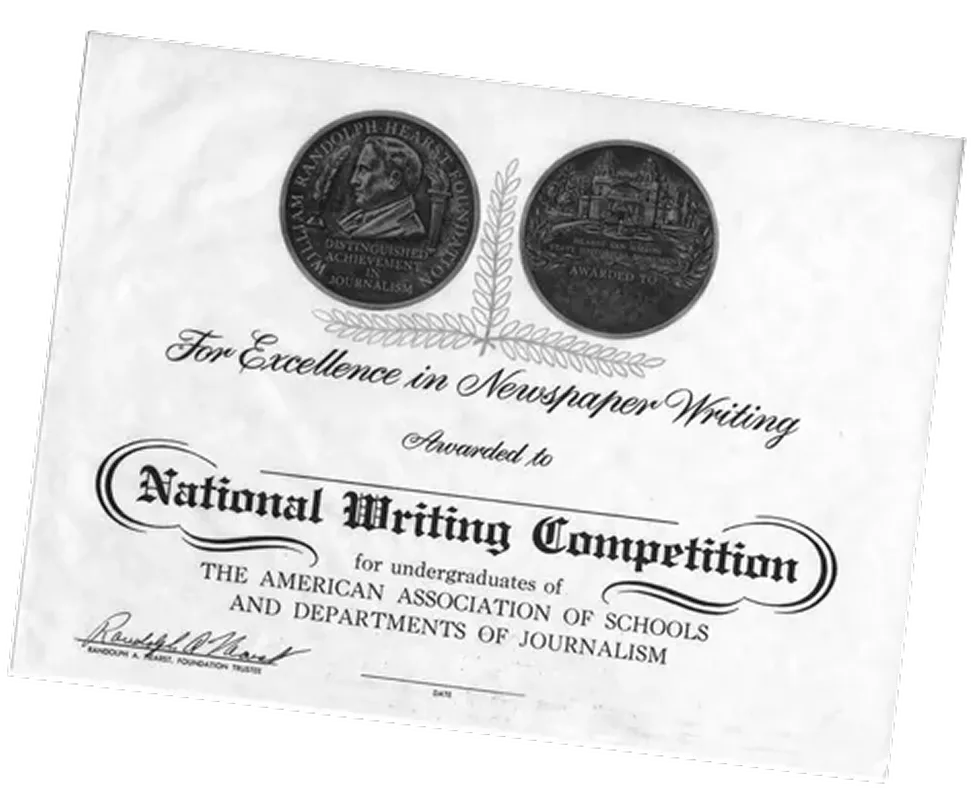
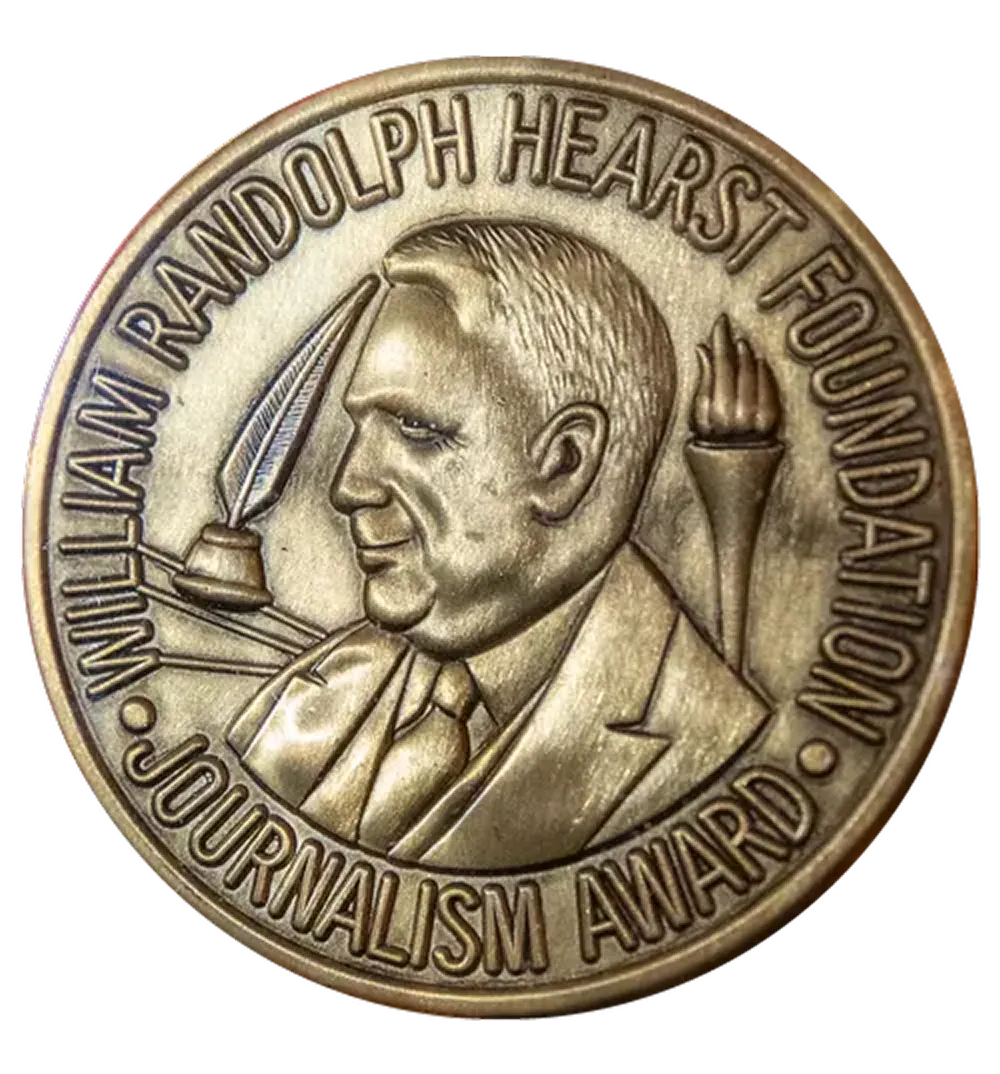
1960
The Hearst Journalism Awards Program is founded to provide support, encouragement and assistance to journalism education at the college and university level via scholarships, with matching grants to the students’ schools.
Each year up to $700,000 is distributed to students through ongoing competitions and the annual championship week, as well as grants to the participating universities, stipends and intercollegiate awards.
.webp)
1962
The Hearst Foundations’ United States Senate Youth Program is created by the passage of Senate Resolution 324.
.webp)
1986
The San Francisco Chronicle partners with the Evelyn and Walter Haas, Jr. Fund to create the Chronicle Season of Sharing Fund, which has distributed $205 million in the past 38 years for housing, critical needs and food assistance across the San Francisco Bay Area, helping tens of thousands of households.
A large, cross-functional team of San Francisco Chronicle colleagues give their time and expertise to support the fund in its efforts to improve lives.
.webp)
1991
Frank A. Bennack Jr. becomes chairman of the Paley Center for Media’s board of trustees (formerly known as the Museum of Television and Radio).
1997
Hearst launches what will become an annual charitable drive to benefit the United Way and other 501(c)(3) organizations. Since the launch, Hearst colleagues have donated more than $20 million to nonprofits serving our communities.
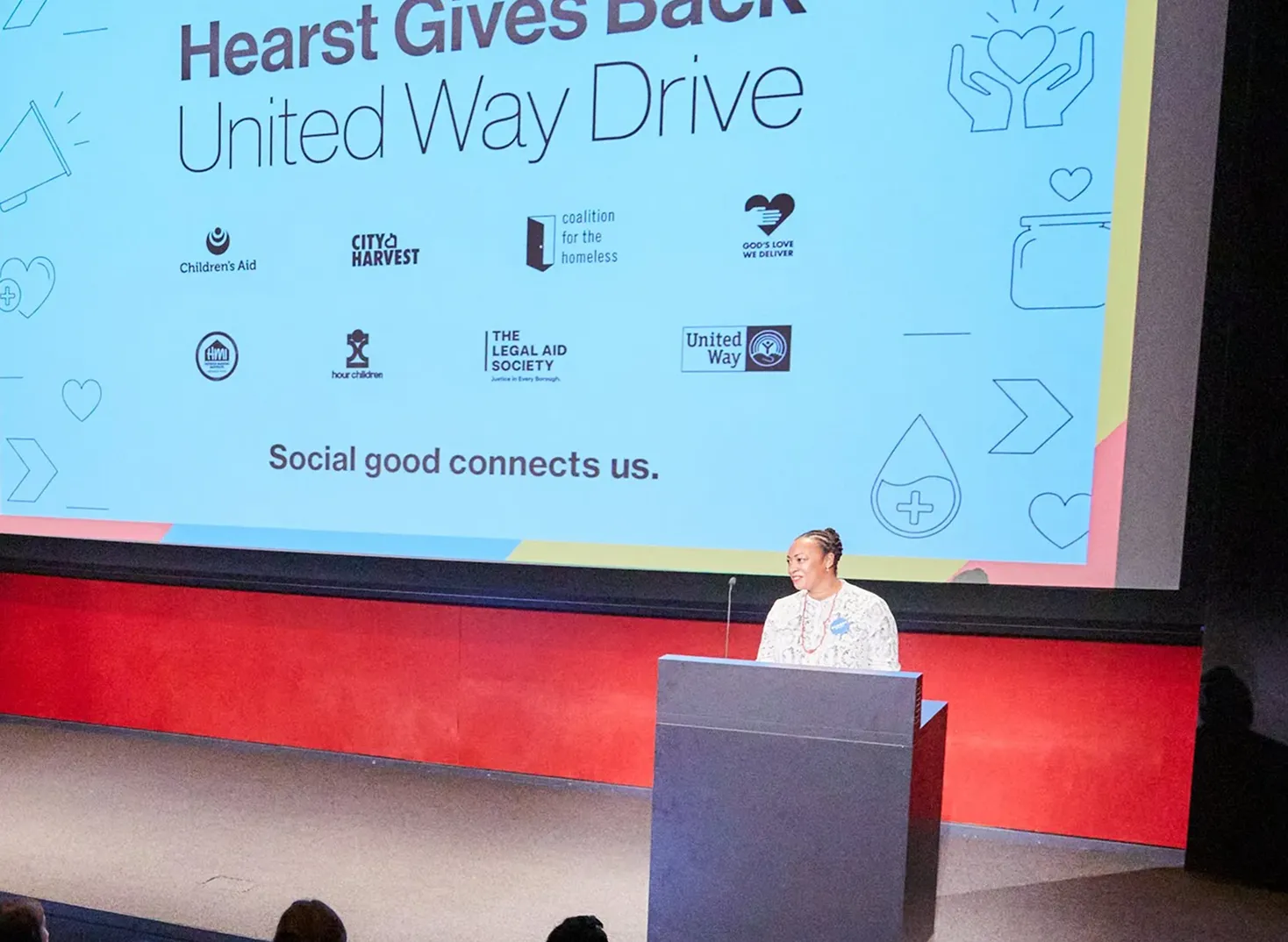
.webp)
2001
On September 11, New York City endures the largest terror attack ever on American soil. After the events of that terrible day, Hearst makes an important decision to solidify its commitment to New York City by initiating the construction of a state-of-the-art headquarters to serve as a beacon of resiliency and sustainability.
The first skyscraper to break ground in New York City after 9/11, and completed in 2006, Hearst Tower’s 46 stories rise above its historic landmark base, blending past and future unlike any other office building in North America.
.webp)
Hearst Director and former Chief Operating Officer Gilbert C. Maurer (right) led the architectural selection committee that chose Norman Foster (left) to design Hearst Tower.
.webp)
2005
Frank A. Bennack Jr. is named chairman of the Lincoln Center board of directors and managing director of the Metropolitan Opera board of directors.
2007
The Times Union launches the Hope Fund after an investigative series uncovers the needs of area children.
The fund provides philanthropic support via grants to after-school and summer programs, with an emphasis on those that have a significant, positive impact on the lives of underserved and at-risk children in the region.
.webp)
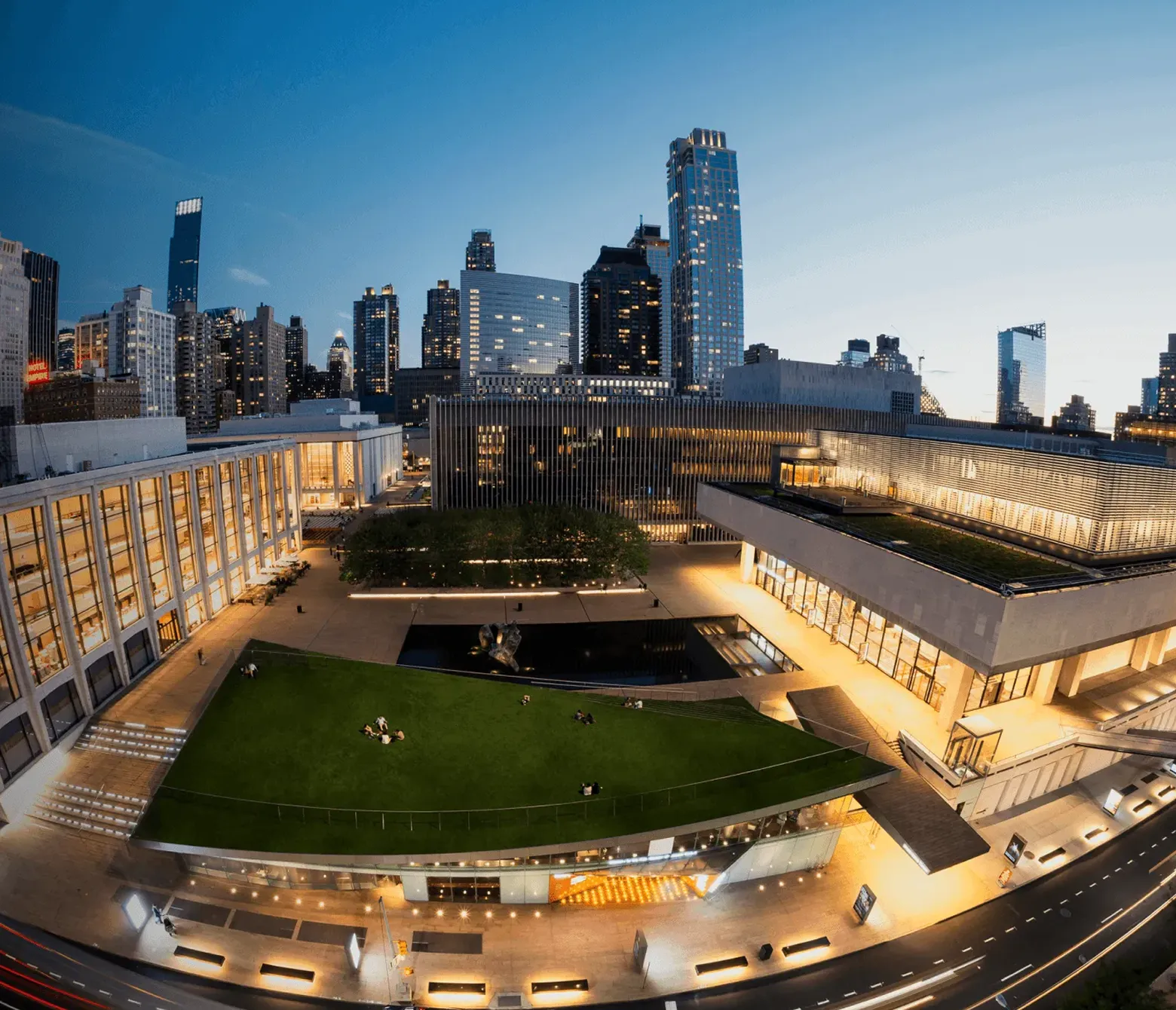
2015
Hearst Leads
$10.4M Lincoln Push
Hearst spearheads a capital campaign for Lincoln Center for the Performing Arts which raises $10.4 million, the organization’s largest fundraising campaign in history.
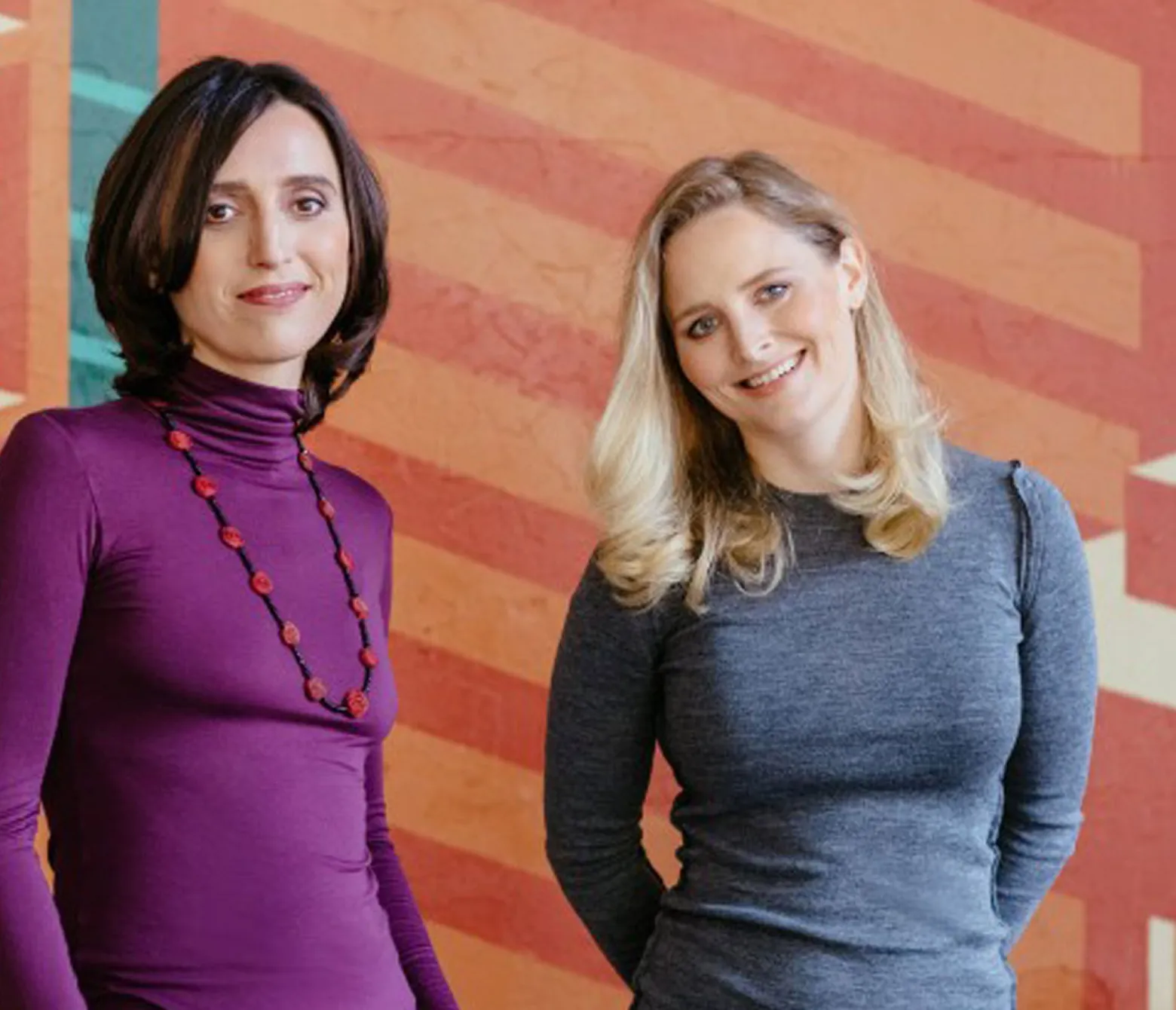
2015
Hearst Ventures
Lorem Ipsum Dolor
Hearst Ventures invests in LiveSafe, a smartphone app and mobile safety communications platform that transforms how universities, sports teams and global businesses empower and protect their people.
.webp)
2017
Hearst Television stations raise $4.1 million to aid Hurricane Harvey victims, and Hearst donates $1 million to the American Red Cross of the Greater Houston area.
2020
Steven R. Swartz is named co-chair of the Partnership for New York City’s board of directors.
.webp)
.webp)
2021
Since 2021 Hearst Gives Back launches, an always-on giving platform for colleagues to support the causes they care about and receive a dollar-for-dollar company match, up to $10,000 per person per year.
2022
Hearst introduces the Hearst Gives Back Service Awards, honoring colleagues who are committed to community service and volunteering.
.webp)

2023
Steven R. Swartz Chairs
Lincoln Center Board
Steven R. Swartz is named chair of the board for Lincoln Center for the Performing Arts.
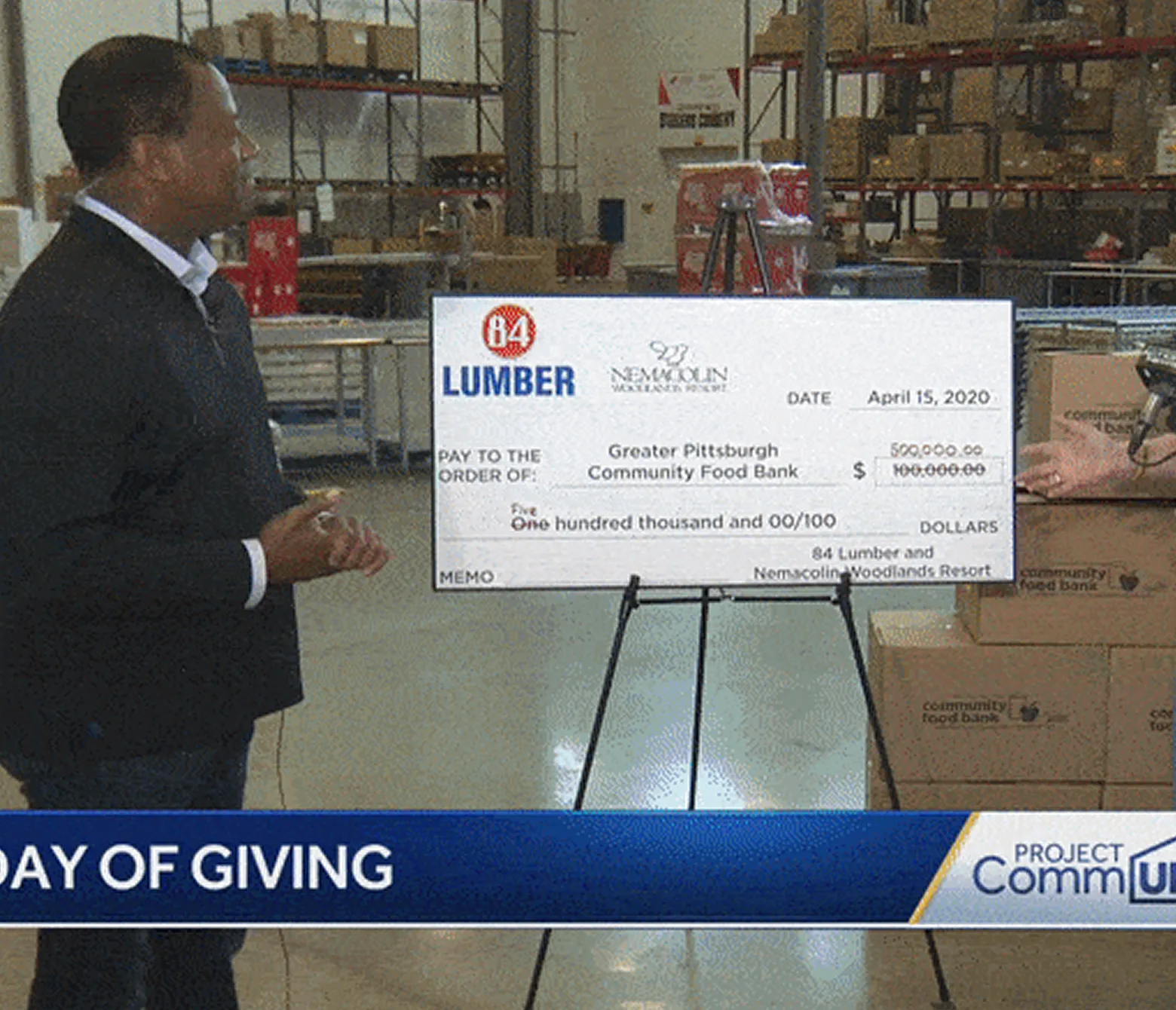
2023
Lorem Ipsum
Lorem Ipsum Dolor
Over the past 20 years, Hearst and its colleagues have donated tens of millions of dollars to those affected by natural disasters, including Indian Ocean Tsunami (2004), Hurricane Katrina (2005), Hurricane Sandy (2012), Hurricane Harvey (2017), Hurricane Ian (2022) and the Maui wildfires (2023).
.webp)
2024
Hearst matches colleagues’ donations, resulting in $21 million of donations to 11,000 nonprofits, as well as 55,000 hours of service since the launch of Hearst Gives Back program.

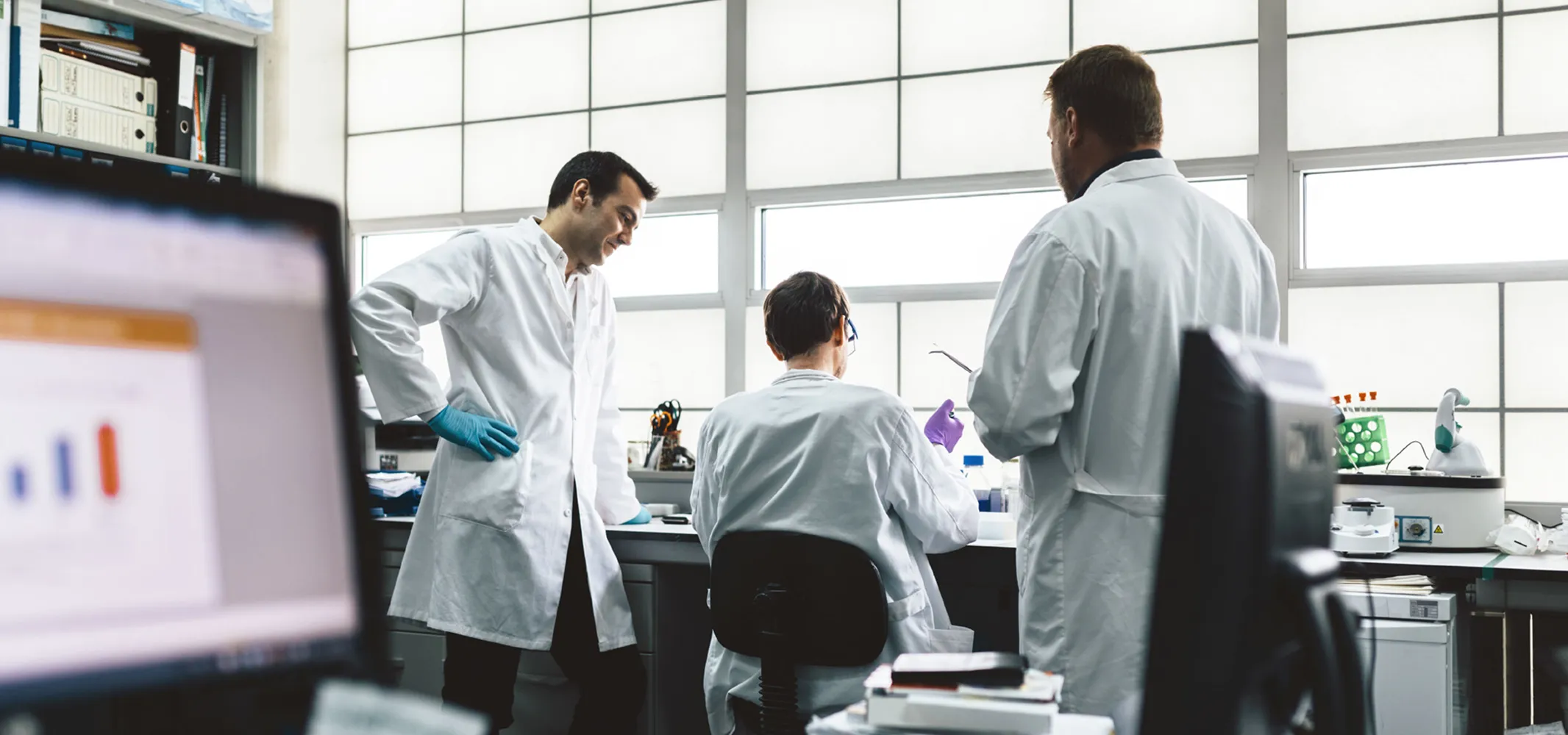

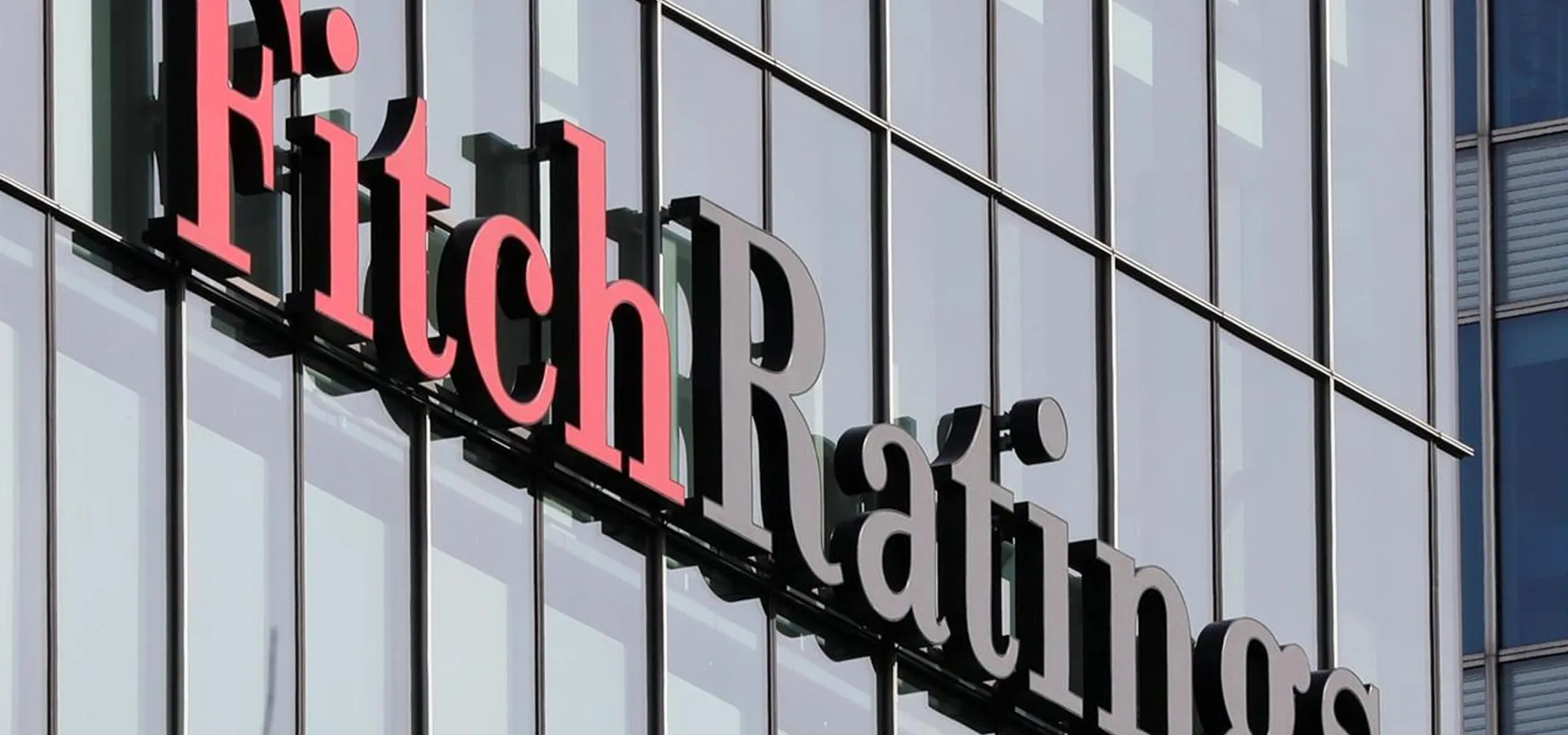
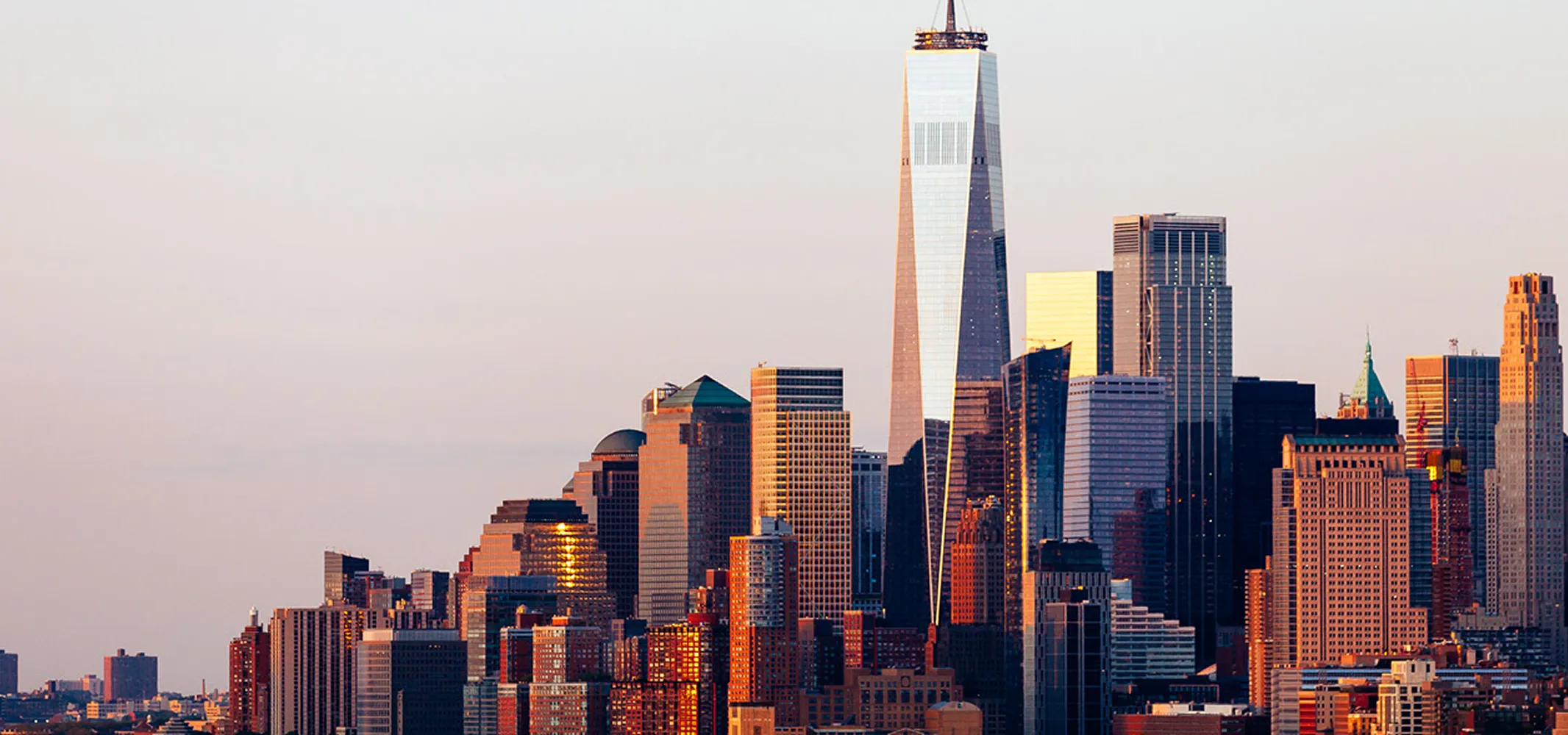
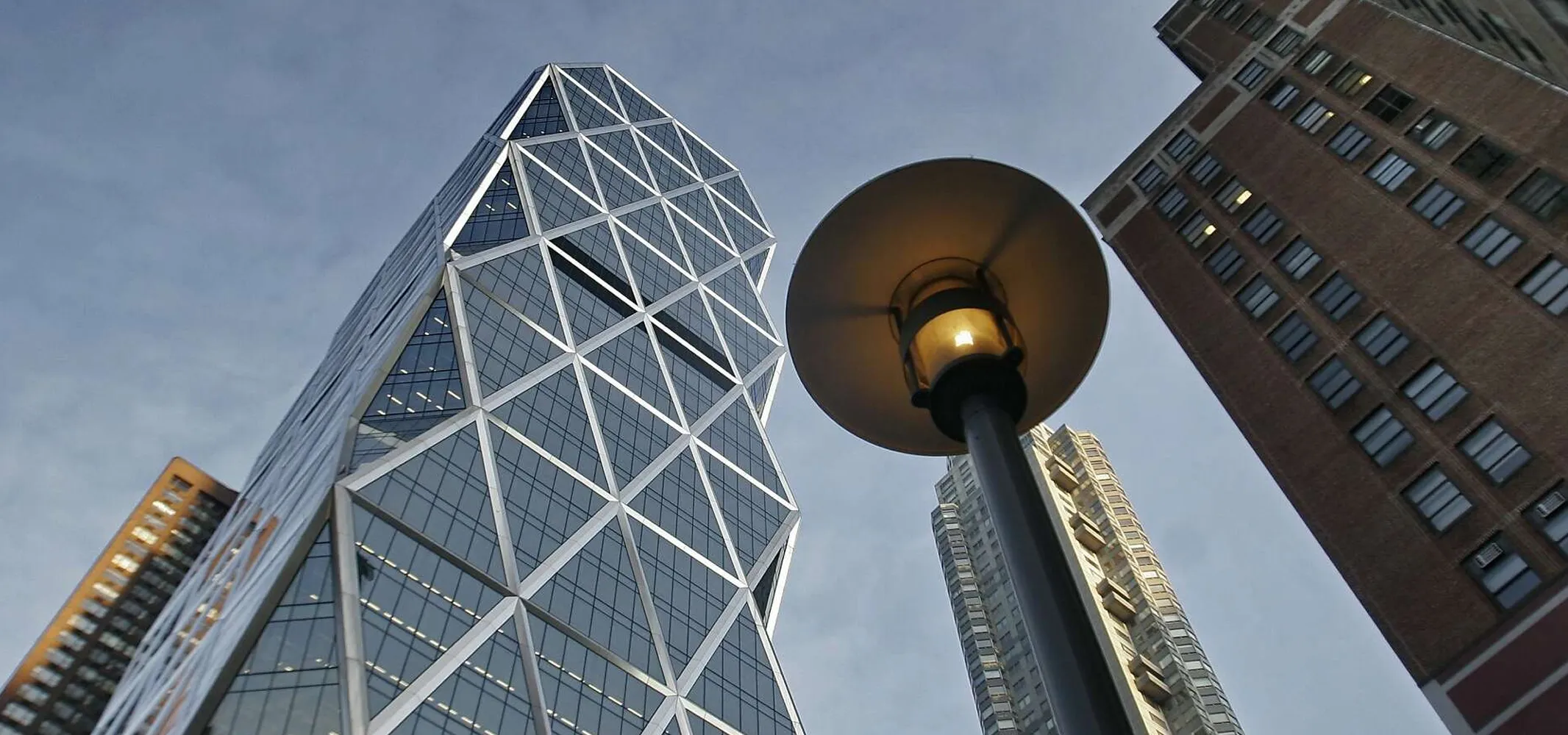
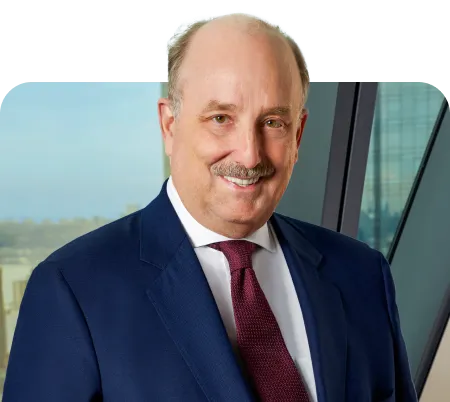

.svg)

.avif)

.avif)
